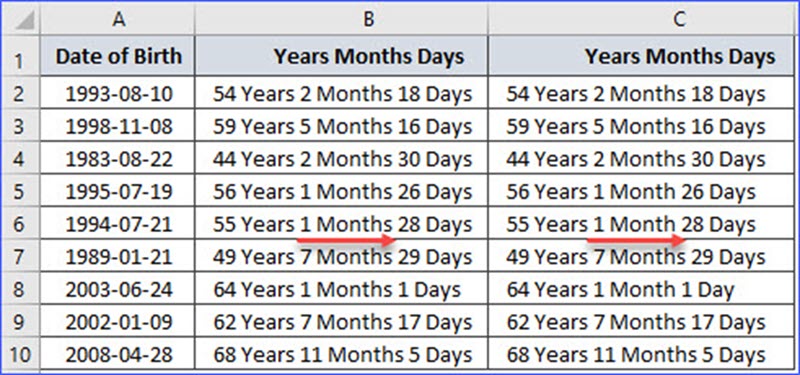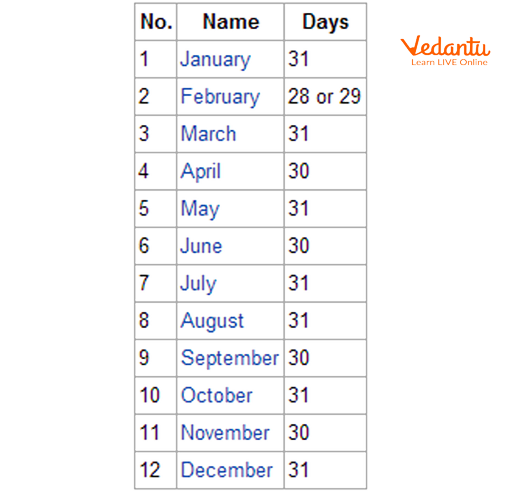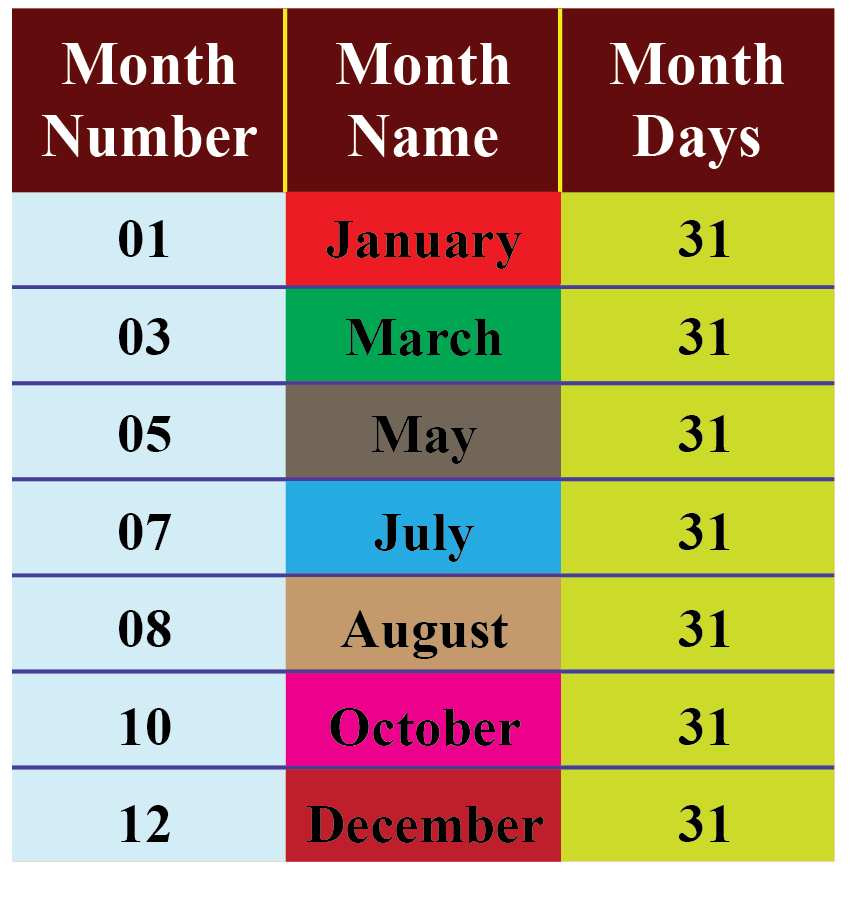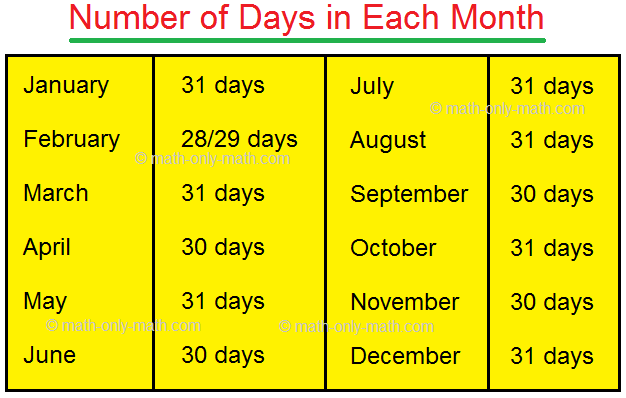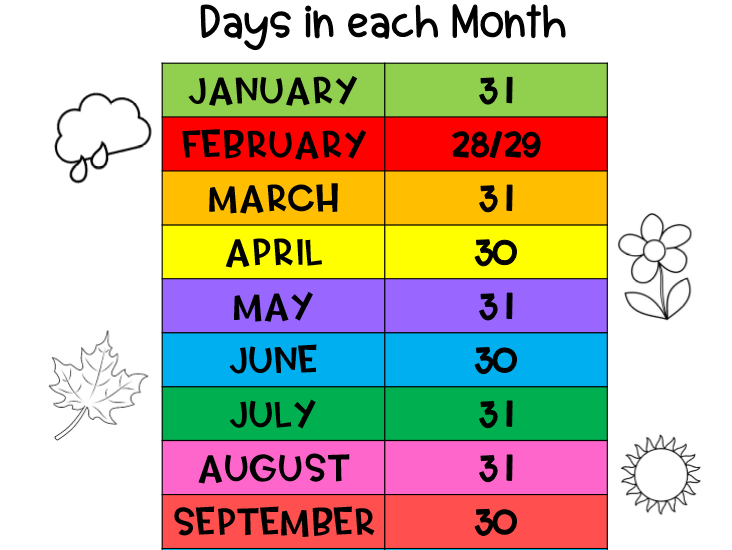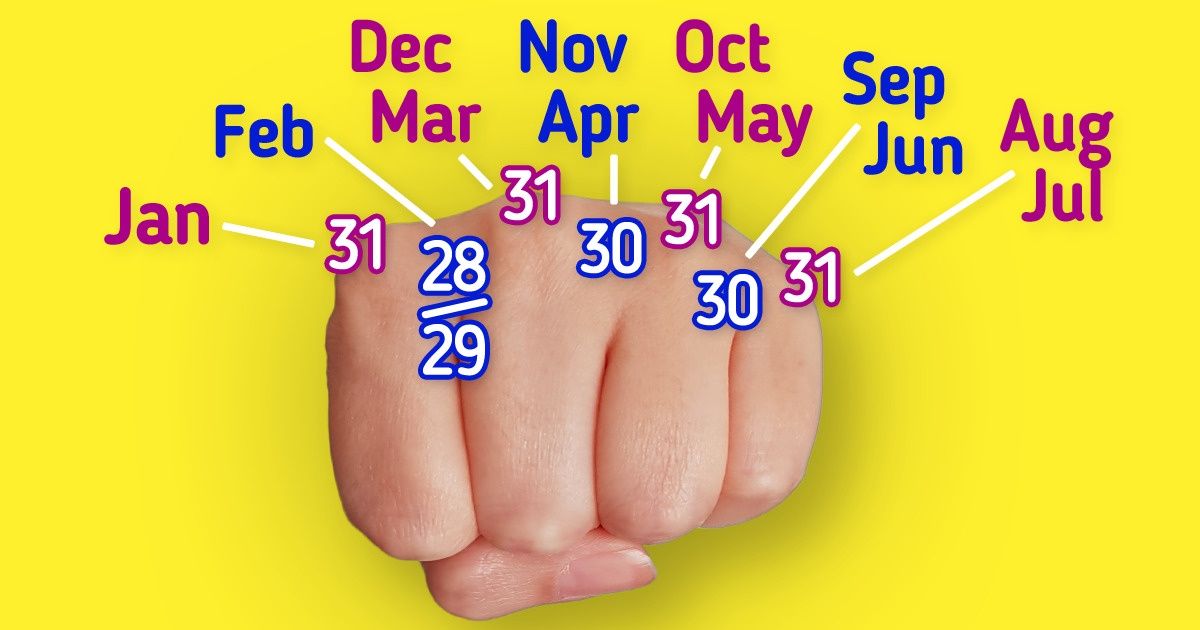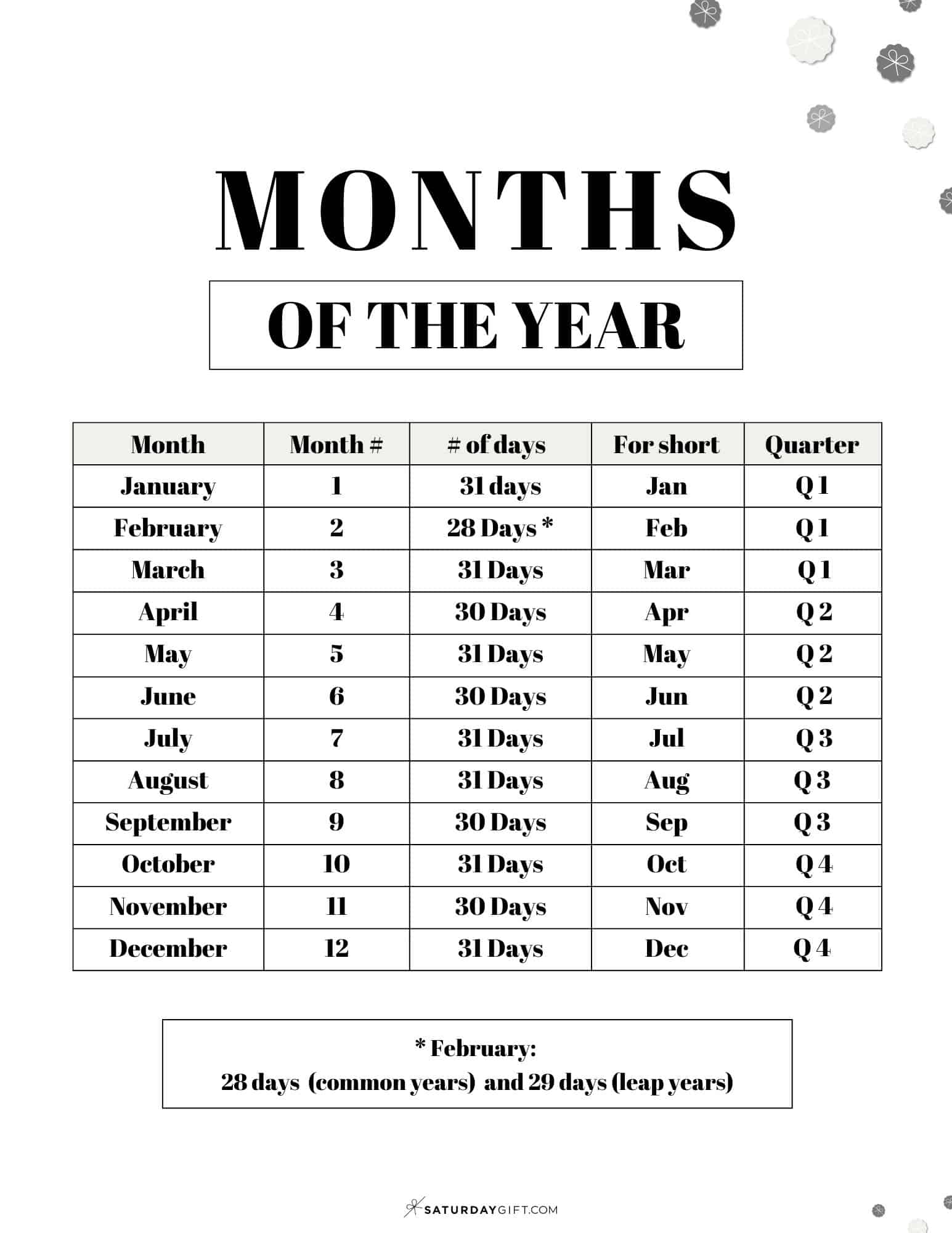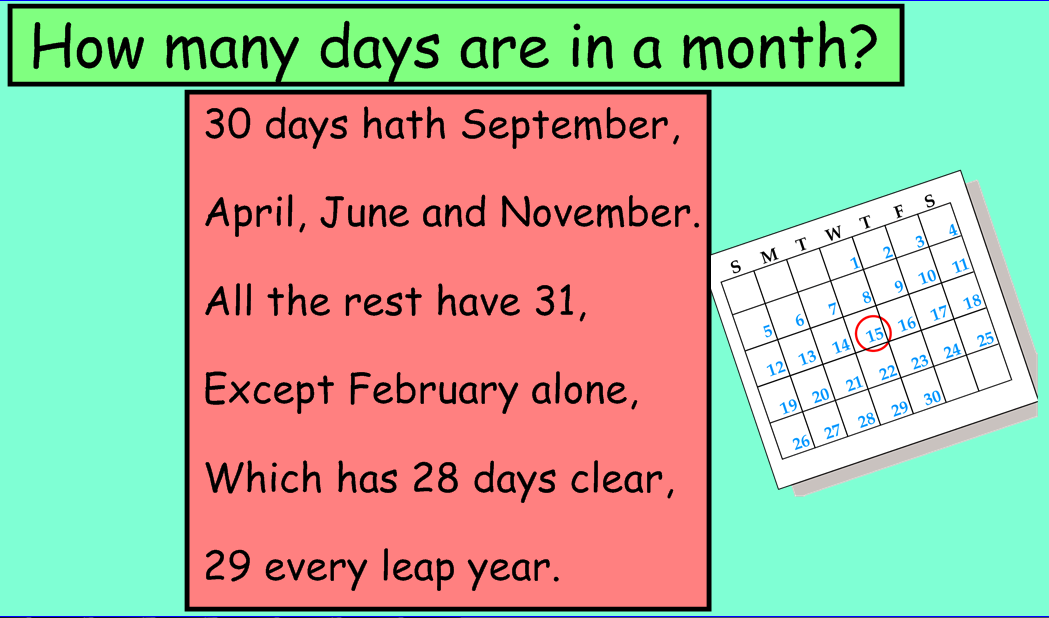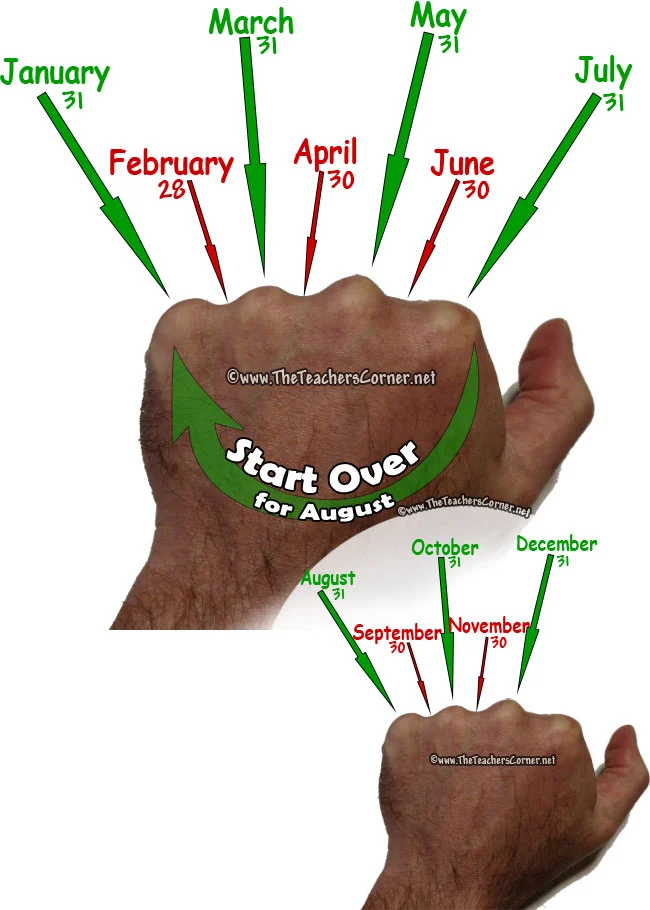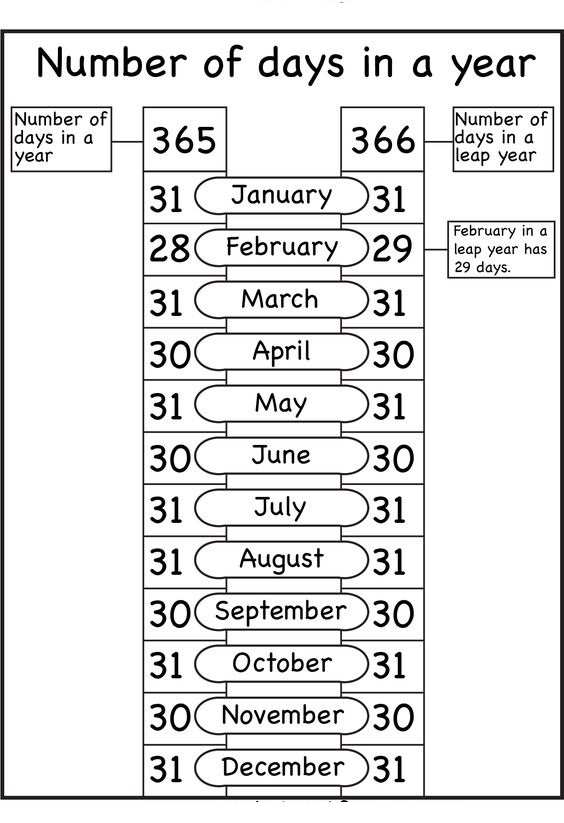How Many Days Is 60 Months

Imagine planning for a significant milestone – perhaps a long-awaited vacation, the completion of a major project, or even a child's journey from infancy to kindergarten. As the months tick by, the anticipation builds, fueled by the simple passage of time. But have you ever paused to truly consider the weight of those months, to translate them into the tangible reality of days?
At its core, this article explores the deceptively simple question: How many days are there in 60 months? While the calculation seems straightforward, it unveils a deeper understanding of how we perceive time and its impact on our lives. This exploration delves into the nuances of calendar systems, leap years, and the practical implications of converting months into days for planning and forecasting.
The Basic Calculation: Months to Days
The most fundamental approach to converting months into days involves a simple multiplication. A common assumption is to use an average of 30 days per month.
Therefore, 60 months multiplied by 30 days/month equals 1800 days.
However, this is just an approximation, as months range from 28 to 31 days, and the existence of leap years adds another layer of complexity.
Accounting for the Realities of the Calendar
The Gregorian calendar, the most widely used calendar system globally, is not perfectly uniform. Some months have 30 days (April, June, September, November), others have 31 (January, March, May, July, August, October, December), and February has either 28 or 29 days.
This variation introduces a degree of inaccuracy when using the 30-day average.
To get a more accurate estimate, we need to consider the distribution of months and the impact of leap years.
The Leap Year Factor
A leap year occurs every four years (with exceptions for century years not divisible by 400) and adds an extra day, February 29th, to the calendar.
This adjustment is crucial because the Earth's orbit around the Sun isn't precisely 365 days; it's closer to 365.2425 days.
Without leap years, our calendars would drift out of sync with the seasons over time.
Calculating More Precisely: A Deeper Dive
To determine the exact number of days in 60 months, we need to account for the number of leap years within that period. Over a 60-month (5-year) span, there will typically be one leap year.
Let's break it down with an example. Consider the 5-year period from January 1, 2020, to December 31, 2024.
The year 2020 was a leap year. Therefore, the total number of days would be higher than our initial estimate.
The Formula for Accuracy
A more accurate approach involves calculating the number of days for each specific month within the 60-month period and including any leap days.
This method requires a calendar and manual calculation but provides the most precise result.
An even more efficient method is to use online tools or software that are designed for date calculations and automatically account for leap years.
Practical Implications: Why Does This Matter?
Understanding the precise number of days in 60 months is relevant in various real-world scenarios. For instance, financial institutions often use day-count conventions to calculate interest on loans or investments.
A slight difference in the number of days can significantly impact the interest accrued over a longer period, especially for large sums of money.
In project management, accurately estimating timelines and deadlines is crucial for success, and considering the nuances of calendar variations can lead to more realistic and achievable goals.
Real-World Applications
Legal contracts, especially those involving long-term leases or agreements, often stipulate payment schedules or obligations based on monthly intervals.
Ensuring accurate calculations of the total number of days involved is vital for avoiding disputes and ensuring fair compensation.
In scientific research, particularly in fields like climate science or ecology, long-term data sets are often analyzed over periods of several years (equivalent to multiple 60-month intervals).
Tools and Resources for Accurate Calculation
Fortunately, several online tools and resources can assist in accurately converting months into days. Date calculators, available on various websites, allow users to specify a start date and add a certain number of months to calculate the end date and the total number of days in between.
These tools automatically factor in leap years and the varying lengths of months, providing a precise answer.
Furthermore, spreadsheet software like Microsoft Excel or Google Sheets offer date functions that can perform similar calculations with ease.
Utilizing Technology for Precision
Financial software, project management applications, and even basic calendar apps often incorporate date calculation functionalities.
These tools can be invaluable for automating tasks, reducing the risk of human error, and ensuring consistent and accurate results.
By leveraging these resources, individuals and organizations can make informed decisions based on a precise understanding of time intervals.
The Human Perspective: Time and Our Lives
Beyond the practical calculations, the exercise of converting months into days offers a broader perspective on how we experience time. Thinking in terms of days can make long-term goals seem more attainable and break down overwhelming tasks into manageable steps.
It provides a sense of the tangible progress made over time, fostering motivation and commitment.
Whether it's saving for a down payment on a house, completing a degree program, or simply tracking personal growth, understanding the equivalent number of days can make the journey feel more real and less abstract.
Looking at 60 months (5 years) is similar to planning for the Olympics and the time and training required to succeed.
It can also be similar to starting a new business that needs at least 5 years to start seeing a return.
As we reflect on the question of how many days are in 60 months, we realize that it's more than just a mathematical exercise. It's a lens through which we can better understand and appreciate the flow of time, its impact on our lives, and the power of planning and perseverance.

